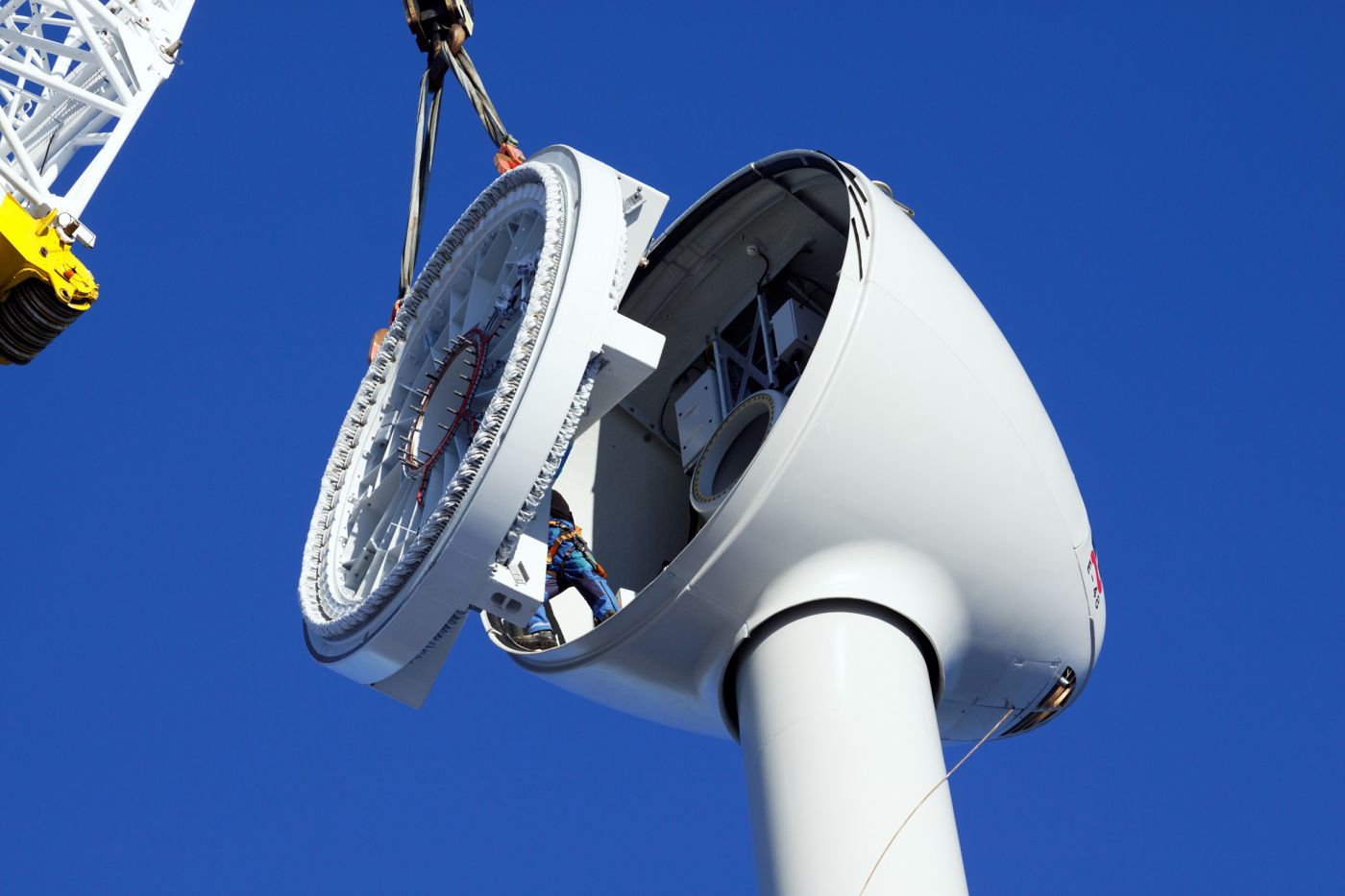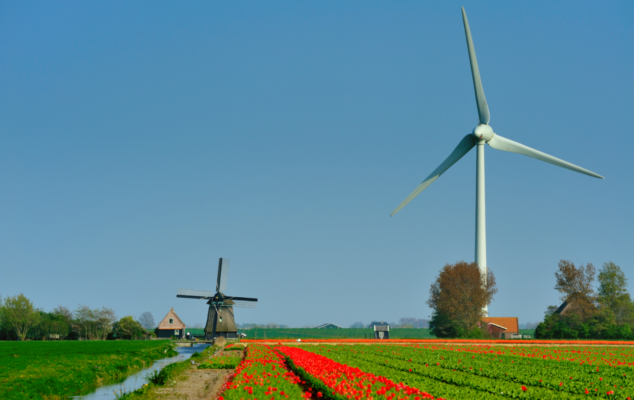In 2016, there was a 20 percent increase in jobs in the wind energy sector. This stands to reason due to continuous growth in the industry as governments and administrations look to reduce the effects of global warming with greener electricity production. At the same time, many jobs in the wind industry, such as research and development, require highly qualified staff. Such experts are in high demand and hard to find. So how does the sector ensure that it is continuously and consistently staffed for the future?
Addressing the increasing skills gap in the industry
It is widely accepted that a skills gap exists and will become more prominent. Indeed, it is expected that the European market alone will require an additional 50,000 trained staff by 2030, with a current yearly shortage of 7,000 employees per year already. But the wind power sector isn’t just standing still; it is acting on this growing lack of personnel by launching various initiatives to increase the amount of qualified staff.
Europe making huge strides towards the future
In Europe, the EU-funded MARE-WINT initiative is a prime example of action to bridge the skills gap. The program provides training to offshore wind professionals in a number of disciplines. These include mechanical engineering, fluid mechanics, and computer simulation. The initiative was launched to ensure that the offshore wind farms of tomorrow will have the employees they need. WindEurope is also furthering this cause by promoting training and certification with a focus on health and safety in the wind energy sector.
Concern regarding the skills gap in wind energy is not a new thing. However, many organizations are now looking to address this issue by promoting training and careers in the industry.
There are many other programs underway that also address the pressing issue of staffing wind farms in the future. SKILLWIND is another European-based project that promotes technical innovation training in wind energy. By providing interactive training, the organization is offering options that appeal to the next generation of professionals.
Standardization results in industry-wide competence
While promoting careers in wind energy is beneficial, there are also other avenues the industry can take to increase the level of qualified staff. A particularly beneficial step would be to standardize and harmonize vocational training and education. If this is done by administrative bodies, it becomes much easier for them to assess where there are shortcomings in qualifications and quality standards. Furthermore, it could would ensure that every employee and organization is well versed in the required standards and can consistently perform the duties expected of them.
Work to do but on the right track
The wind energy sector still has some way to go before it will be able to achieve its desired staff levels. However, clear action is being taken to make this happen. With many governments, administrations, and enterprises promoting careers through dedicated programs, wind energy remains in good shape to provide the world with environmentally friendly electricity.
SKF is also committed to training the next generation of wind energy professionals. The organization offers education in a wide range of topics, including bearings, lubrication, and seals. Technical documentation specifically for wind energy is also available.
Find out more about SKF’s training services and dedicated technical material.



